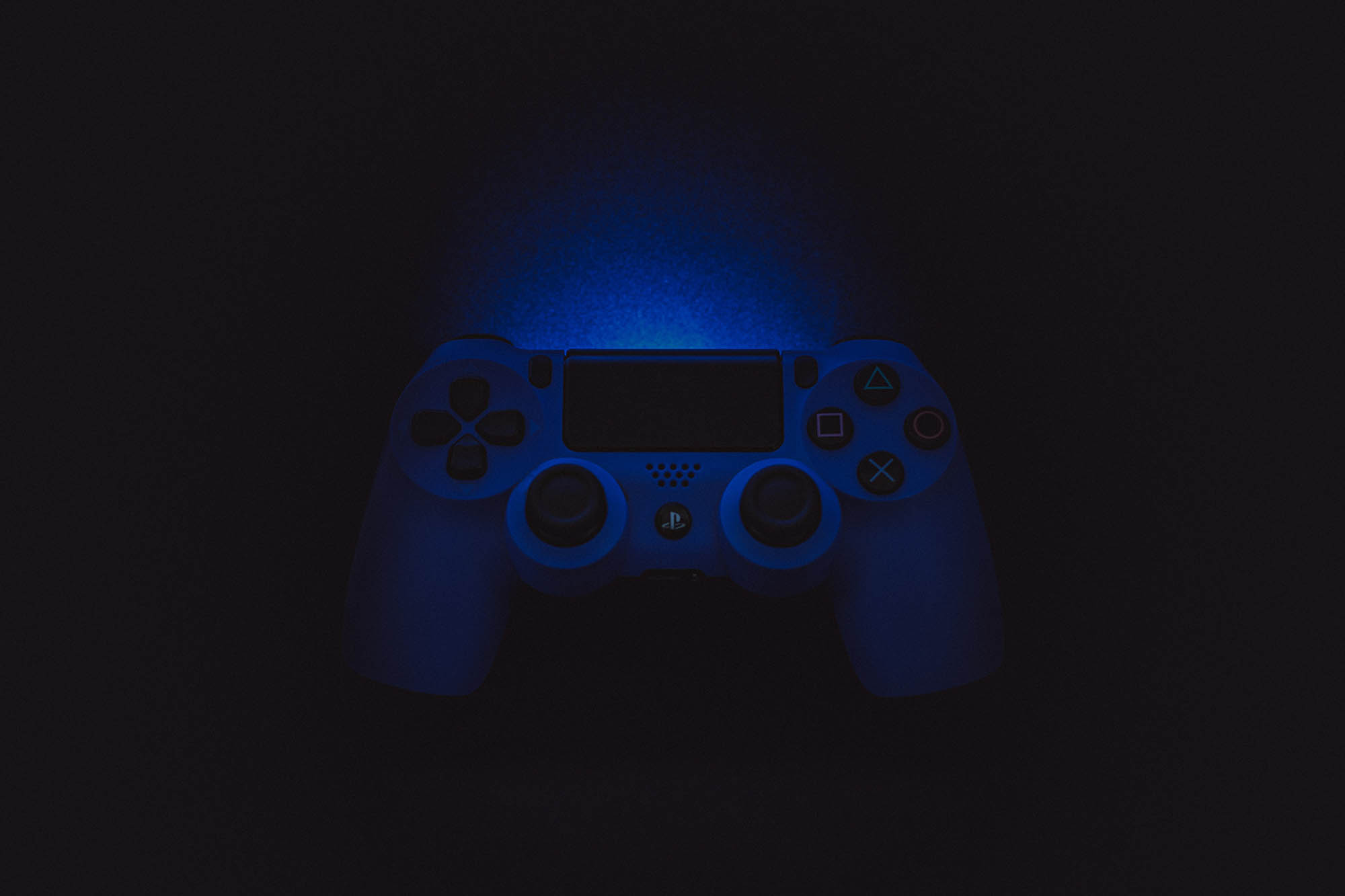In-game advertising addressability: Curled up on the sofa? Waiting for the train? 5 mins or 5 hours? YES.

Who can advertisers reach with in-game advertising? AdInMo Advisor Meraj Kunarajah has been working with our data science team to lift the hood on different Player Personas.
With Google’s cookie deprecation finally rolling out, it’s fair to assume that device ID and MAIDs (mobile advertising ID) won’t be far behind. For some time, advertisers (some better than others) have been planning their move away from 3rd party data towards using 1st and 2nd party data.
As part of this, contextual targeting has enjoyed a major resurgence, with the once staple targeting strategy growing significantly in the last couple of years. Seen as the answer to a cookieless world, contextual is projected to experience a 13.8% growth annually, between now and 2030 according to Exchange Wire.
For in-game advertising context starts with the type of games being played – the genres e.g. adventure or puzzle – as opposed to the article being read. It’s also the chance to set the record straight on ‘gamers’ and ‘gaming briefs’ and frankly lazy assumptions of who plays games are finally eroded.
Working with the data science team at AdInMo responsible for its revolutionary PlayerPersonaFramework (PPF), data insights confirm the traditional assumptions of who a gamer is – the teenage boy sitting in his bedroom in a big gaming chair – simply do not hold true.
For mobile gaming in particular, player audiences represent all demographics and age groups from across diverse backgrounds, income groups and lifestyles. Also, games are so much more than a time diversion or hobby. Games boast influential communities and are a preferred social platform with a staggering 40% of Millennials and Gen Z socialising more in-game than in the physical world (Deloitte). As gaming communities continue to expand, advertisers need nuanced strategies to understand and engage the multifaceted ‘gaming audience’.
AdInMo’s adtech platform collects billions of contextual and behaviourial data to train machine learning models to identify patterns and audience cohorts called Player Personas. Behaviourial signals such as session frequency, duration, and time of gameplay, as well as the player’s location and affinity measured by engagement in-game, are combined to infer likely audiences.
Generation alone does not define a player persona. Our insights show Millennials and Gen Z have approximately equal probability of being a casual gamer (those that play up to 2 hours a day). Meanwhile behaviours definitely do influence your player persona. Dedicated gamers (those who spend more than 6 hours a day playing games) are more likely to invest that time in arcade or sports games. And night owls (play after 10PM) do so in the comfort of their own home.
With contextual and behaviourial insights as the foundation and by layering in demographic data powered by AI, highly valuable player personas can be identified by the PlayerPersonaFramework e.g. males in APAC who are more likely to engage with gadgets and technology brands in-game. Finally, this is all 100% privately of course – AdInMo does not collect personal data. This isn’t about Dave the EA Sports FC 24 fanboy or Orla on level 824 of Candy Crush.
AdInMo’s data-driven approach helps advertisers reach their target audiences in-game. Contextual is a great baseline and the ability to go beyond this as gaming continues to grow as a media channel adds increasing value to advertisers’ addressability solutions.
More…
Techstart Ventures backs in-game ad platform AdInMo in $500K seed funding round
AdInMo appoints ex-delta DNA co-founder Chris Wright as Chief Technology Officer 20th, May 2020, Edinburgh: AdInMo, the programmatic ad platform for video games, has secured a $500K investment round led by Techstart Ventures, a leading investor in start-ups across...
Introducing AdInMo’s impression checker tool: optimising ad revenue before deployment
For developers, placing ads in games has historically been an area of headaches and compromises. We all know that traditional in-game advertising sucks; this is exactly why AdInMo offers an alternative solution where the ads placed are non-interruptive, and are...
Staying at home: the staggering worldwide impact on the digital games industry
Amid the Covid-19 crisis, spending on digital gaming has reached record highs of $10.8bn in March 2020 with mobile gaming contributing more than 50% of this total at $5.7bn. This comes as no surprise as many individuals are using gaming as a positive source of...





